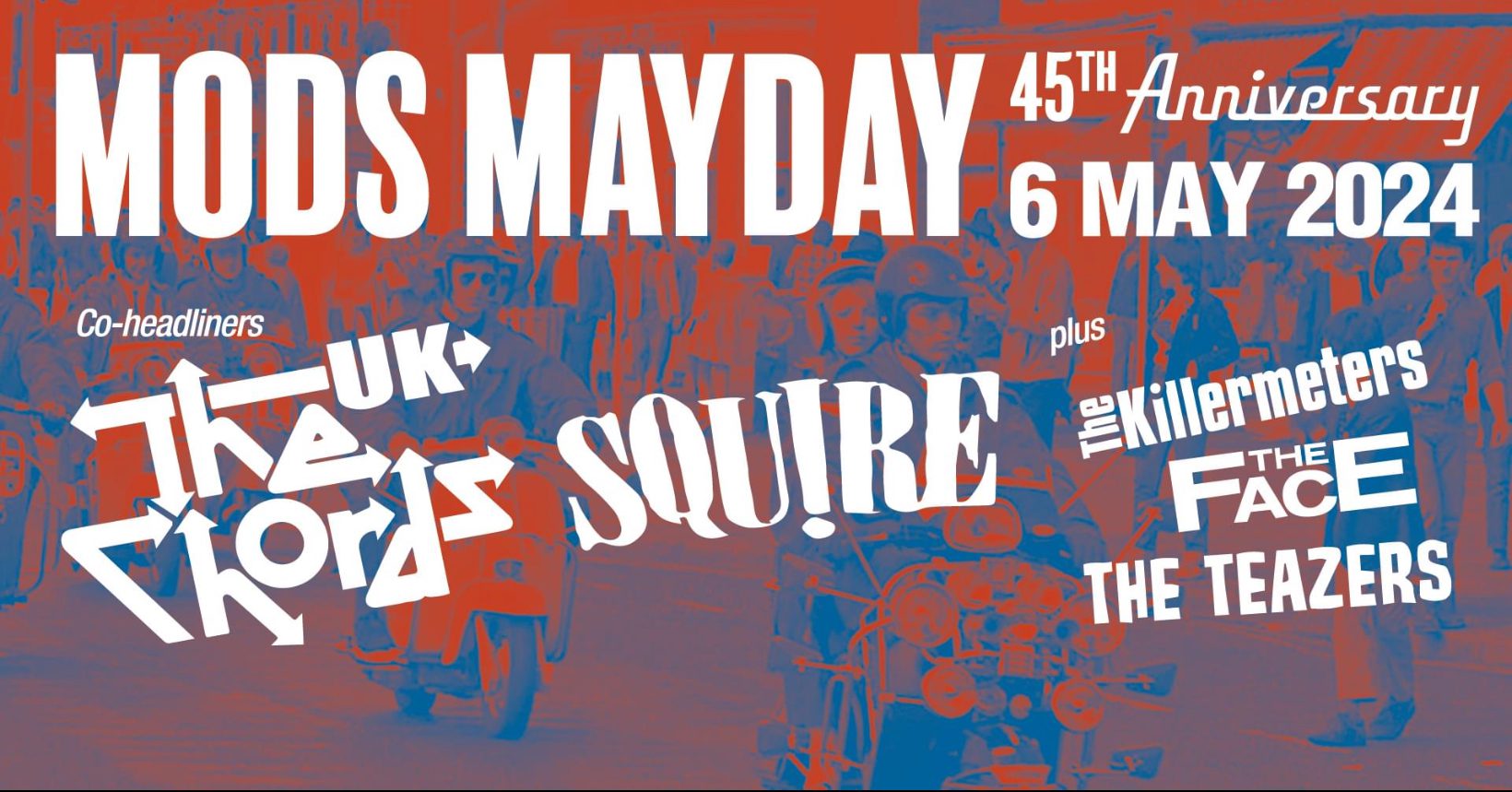The 1960s was a transformative era in the history of music, characterised by groundbreaking creativity and experimentation. Amidst the vibrant musical landscape of the time, The Yardbirds emerged as one of the most influential bands, leaving an indelible mark on the realms of blues rock and psychedelic innovation. Formed in London in 1963, The Yardbirds quickly gained recognition on the British rhythm and blues scene, succeeding the Rolling Stones as the house band at the Crawdaddy Club in Richmond. The band’s original lineup featured vocalist/harmonica player Keith Relf, drummer Jim McCarty, rhythm guitarist Chris Dreja, bassist Paul Samwell-Smith, and lead guitarist Top Topham. However, it was the subsequent lineup changes that propelled The Yardbirds into the spotlight, introducing the world to three legendary guitarists: Eric Clapton, Jeff Beck, and Jimmy Page.
Under the management of Giorgio Gomelsky, The Yardbirds embarked on tours with blues legend Sonny Boy Williamson II, honing their craft and gaining valuable experience. In 1964, they signed with EMI’s Columbia label and released the iconic live album “Five Live Yardbirds,” showcasing their raw energy and bluesy fervor. This album, despite initially modest sales, would later gain recognition as a historical document of the British rock and roll boom of the 1960s. The Clapton era brought the band their first major hit with “For Your Love,” a departure from Clapton’s blues purism due to its commercial sound. Clapton’s frustration with the band’s new direction led to his departure in 1965, making way for the arrival of Jeff Beck. With Beck on board, The Yardbirds delved deeper into experimental territory, incorporating elements of Indian music and psychedelia into their sound.
The Beck era produced groundbreaking recordings, including hits like “Heart Full of Soul” and “Shapes of Things,” which showcased Beck’s innovative guitar techniques and the band’s willingness to push musical boundaries. The Yardbirds’ psychedelic masterpiece, “Shapes of Things,” is often cited as the first classic in the genre, preceding the Beatles’ “Paperback Writer” by three months.
In 1966, the band released “Roger the Engineer,” an album hailed for its eclectic mix of blues, hard rock, monkish chanting, and African tribal rhythms. Beck’s departure in 1966 marked the entry of Jimmy Page into the band, setting the stage for a new phase in The Yardbirds’ evolution. Under Page’s guidance, The Yardbirds continued their experimentation, incorporating elements like bowing guitars and tape loops into their live performances. Despite their musical innovation, the band’s commercial success waned. The release of singles like “Happenings Ten Years Time Ago” failed to replicate the chart-topping achievements of their earlier hits.
Amidst internal differences and changing musical landscapes, The Yardbirds faced challenges. By 1968, the band’s original members, Relf and McCarty, decided to leave, paving the way for a new lineup. Page, along with vocalist Robert Plant, drummer John Bonham, bassist/keyboardist John Paul Jones, and guitarist/bassist Chris Dreja, formed the iconic band Led Zeppelin, forever altering the course of rock music history. The Yardbirds’ influence endured, with their innovative approach resonating across diverse genres. In 1992, the band received the honour of induction into the Rock and Roll Hall of Fame, a testament to their lasting impact on the music world.
Despite numerous lineup changes and challenges, The Yardbirds persevered. Reuniting in the 1990s with original members Jim McCarty and Chris Dreja, the band continued to captivate audiences, releasing albums and performing live shows. Their enduring legacy lives on, inspiring generations of musicians and cementing their status as pioneers of blues rock and psychedelic exploration. The Yardbirds’ musical odyssey remains a testament to the power of creativity, experimentation, and the enduring spirit of rock and roll.
The Yardbirds’ musical style evolved significantly throughout their active years. In the early 1960s, under the influence of blues legends like Howlin’ Wolf and Muddy Waters, the band performed traditional blues covers, showcasing their deep respect for the genre. Their live performances, particularly at the Crawdaddy Club, highlighted their raw energy and enthusiasm, setting them apart in the burgeoning British rhythm and blues scene. When Eric Clapton joined the band, their style became more refined, featuring his smooth and precise guitar playing. Clapton’s bluesy influence and technical prowess elevated the Yardbirds’ sound, contributing to their early success. However, Clapton’s departure in 1965 marked a turning point for the band.
With Jeff Beck as their lead guitarist, the Yardbirds ventured into experimental territories, incorporating unconventional elements into their music. Beck’s innovative use of fuzz tone, reverb, feedback, and sustain introduced new sonic textures, adding a psychedelic edge to their repertoire. Tracks like “Heart Full of Soul” and “Shapes of Things” showcased their willingness to explore uncharted musical waters, making them pioneers of psychedelic rock. When Jimmy Page joined in 1966, the Yardbirds’ sound continued to evolve. Page’s dual-lead guitar partnership with Beck gave rise to groundbreaking tracks like “Happenings Ten Years Time Ago,” displaying their mastery of complex guitar harmonies. The Yardbirds also experimented with diverse musical influences, incorporating Gregorian chants, Eastern melodies, and African tribal rhythms, creating a rich and eclectic sonic palette.
Despite their musical innovations, the Yardbirds faced challenges, including lineup changes and pressure to conform to commercial trends. The band’s transition from blues rock to a more pop-oriented sound under Mickie Most’s influence resulted in mixed reception, leading to a decline in their chart success. Despite their challenges, the Yardbirds’ legacy endures. Their experimental spirit, technical brilliance, and genre-defying approach influenced countless musicians across various genres. The band’s impact on the development of psychedelic rock, hard rock, and heavy metal is immeasurable. Moreover, the Yardbirds’ role in launching the careers of legendary guitarists like Eric Clapton, Jeff Beck, and Jimmy Page solidified their place in the pantheon of rock music history.
In the years following their disbandment, the Yardbirds experienced several reunions, with different lineups continuing to perform and occasionally record new material. These reunions allowed fans to witness the band’s enduring musical prowess and the timeless appeal of their groundbreaking sound. Today, the Yardbirds remain an iconic and influential presence in the world of rock music. Their musical innovations and adventurous spirit continue to inspire generations of musicians and listeners, ensuring that their legacy as pioneers of blues rock and experimental psychedelia will endure for years to come.
Article by Banjo Handy Heartland.
https://en.wikipedia.org/wiki/File:Yardbirds_including_Page.JPG

Article by Banjo Handy Heartland










One Response
Dear modsofyourgeneration.com admin, Your posts are always on point.